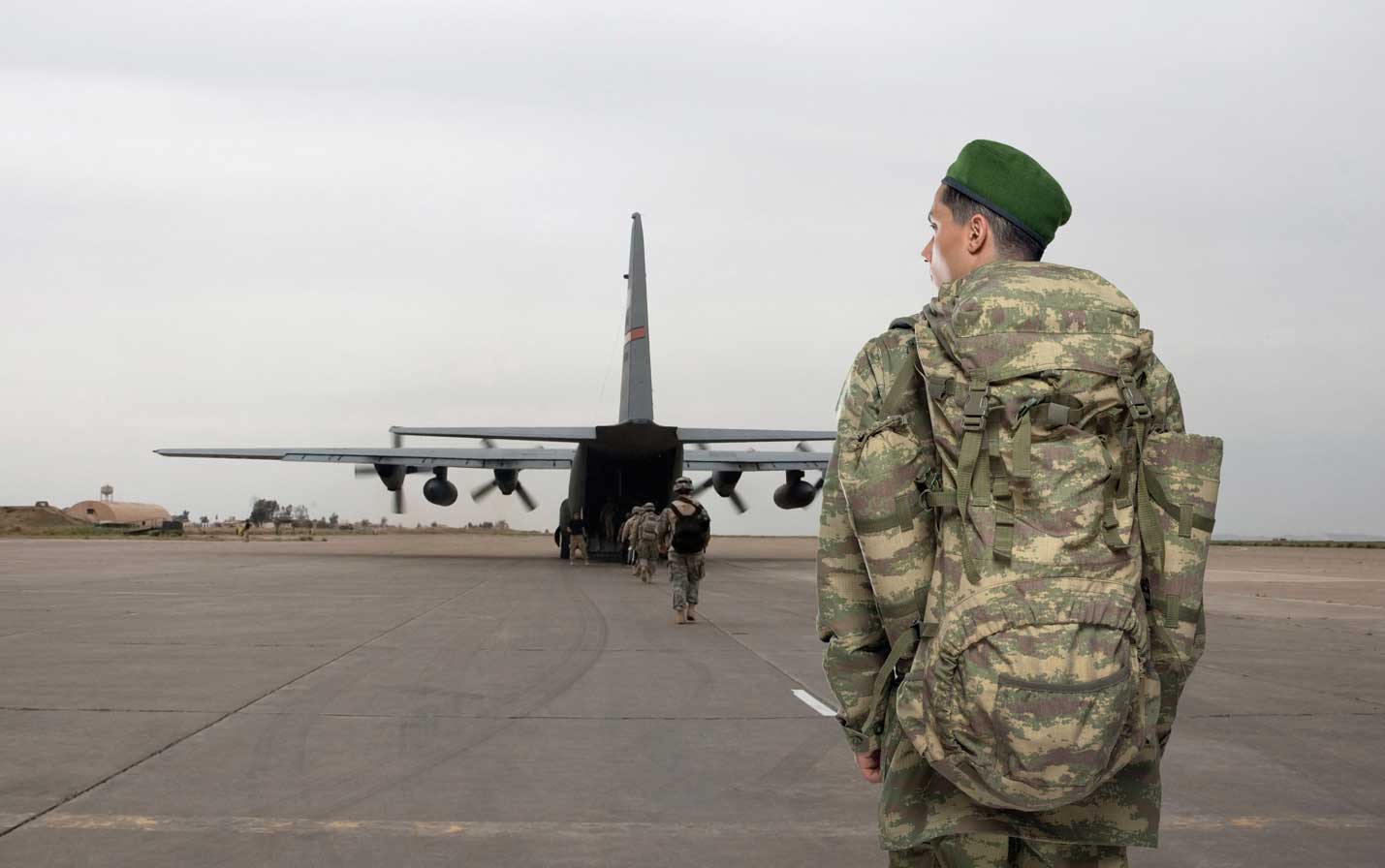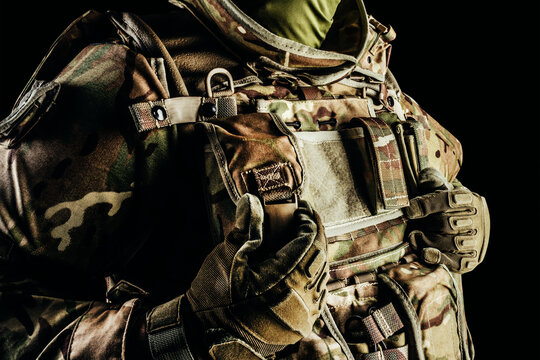Military
Bulletproof Turkey - Turkish Manufacturer

Bulletproof materials are materials that are resistant to penetration by bullets. These materials are often used in the construction of bulletproof vests, helmets liners, and other protective equipment.
There are several types of materials that are commonly used in bulletproofing, including:
Kevlar: This is a synthetic fiber that is very strong and has high tensile strength. It is commonly used in the construction of bulletproof vests because it can absorb a lot of energy when it is struck by a bullet.
Ceramic: This is a hard, brittle material that is resistant to penetration. It is often used in conjunction with other materials, such as Kevlar, to provide additional protection.
Polyethylene: This is a plastic material that is very lightweight and has a high resistance to penetration. It is often used in conjunction with other materials to provide additional protection.
Steel: This is a strong, hard material that is resistant to penetration. It is often used in the construction of bulletproof vests, but it is relatively heavy and may not be suitable for all applications.
Overall, the effectiveness of a bulletproof material depends on the specific type of bullet and the type of protection required. No material is completely bulletproof, and the level of protection provided by a bulletproof material will depend on the thickness and construction of the material.
Bulletproof materials are used in a variety of applications, including personal protection, military equipment, and vehicles.
The level of protection provided by a bulletproof material is typically measured using a system called the "bulletproof rating." This rating indicates the level of protection that the material can provide against different types of bullets and calibers.
The most common bulletproof ratings are the National Institute of Justice (NIJ) ratings, which are used to test and certify bulletproof materials for law enforcement and military use. The NIJ has several different ratings, ranging from Level IIA (which provides protection against most handgun rounds) to Level IV (which provides protection against armor-piercing rifle rounds).
Bulletproof materials can be made from a variety of materials, including Kevlar, ceramic, polyethylene, steel, and other synthetic fibers. Each material has its own unique properties and can be used in different applications to provide the desired level of protection.
Bulletproof materials can be used in a variety of forms, including flexible panels (such as those used in bulletproof vests), rigid plates (such as those used in vehicle armor or hard body armor), and blankets or curtains (such as those used to protect windows or other openings).
Bulletproof materials are not completely bulletproof, and the level of protection provided by a bulletproof material will depend on the thickness and construction of the material. For example, a bulletproof vest made from a thin layer of Kevlar will not provide as much protection as a vest made from a thicker layer of the same material.
Bulletproof Turkey - Turkish Manufacturer
Bulletproof Turkey - Turkish Manufacturer
Bulletproof materials are materials that are resistant to penetration by bullets. These materials are often used in the construction of bulletproof vests, helmets liners, and other protective equipment.
There are several types of materials that are commonly used in bulletproofing, including:
Kevlar: This is a synthetic fiber that is very strong and has high tensile strength. It is commonly used in the construction of bulletproof vests because it can absorb a lot of energy when it is struck by a bullet.
Ceramic: This is a hard, brittle material that is resistant to penetration. It is often used in conjunction with other materials, such as Kevlar, to provide additional protection.
Polyethylene: This is a plastic material that is very lightweight and has a high resistance to penetration. It is often used in conjunction with other materials to provide additional protection.
Steel: This is a strong, hard material that is resistant to penetration. It is often used in the construction of bulletproof vests, but it is relatively heavy and may not be suitable for all applications.
Overall, the effectiveness of a bulletproof material depends on the specific type of bullet and the type of protection required. No material is completely bulletproof, and the level of protection provided by a bulletproof material will depend on the thickness and construction of the material.
Bulletproof materials are used in a variety of applications, including personal protection, military equipment, and vehicles.
The level of protection provided by a bulletproof material is typically measured using a system called the "bulletproof rating." This rating indicates the level of protection that the material can provide against different types of bullets and calibers.
The most common bulletproof ratings are the National Institute of Justice (NIJ) ratings, which are used to test and certify bulletproof materials for law enforcement and military use. The NIJ has several different ratings, ranging from Level IIA (which provides protection against most handgun rounds) to Level IV (which provides protection against armor-piercing rifle rounds).
Bulletproof materials can be made from a variety of materials, including Kevlar, ceramic, polyethylene, steel, and other synthetic fibers. Each material has its own unique properties and can be used in different applications to provide the desired level of protection.
Bulletproof materials can be used in a variety of forms, including flexible panels (such as those used in bulletproof vests), rigid plates (such as those used in vehicle armor or hard body armor), and blankets or curtains (such as those used to protect windows or other openings).
Bulletproof materials are not completely bulletproof, and the level of protection provided by a bulletproof material will depend on the thickness and construction of the material. For example, a bulletproof vest made from a thin layer of Kevlar will not provide as much protection as a vest made from a thicker layer of the same material.


